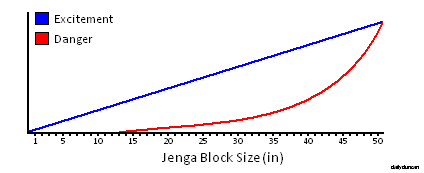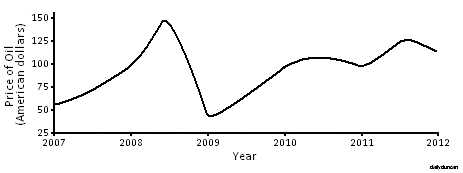Since the development of quantum theory in the early twentieth century, those outside the scientific community have furiously grappled with the spiritual, corporeal and moral ramifications of its counterintuitive nature. Because mathematicians and physicists are solitary, eccentric individuals, they concern themselves only with producing sound theory, not the bothersome implications. But for the rest of us sociable, emotionally-stable beings, we can’t help but ponder the fate of Schrödinger’s cat.
By preying on our curiosity and misunderstanding of quantum mechanics, many authors and cultists, both well-meaning and deceitful, have greatly profited. The 2004 film What the Bleep Do We Know!? is a recent example of an attempt to bridge the gap between quantum physics and human experience by oversimplifying and distorting portions of quantum theory. The film falsely asserts that our perception influences the world around us, that we can bend reality to our will through the power of conviction. This idea stems from Thomas Young’s infamous double-slit experiment, which revealed that by observing an individual particle as it passed through the double-slit apparatus, the behavior of the particle would change. The theory is that the unobserved particle actually passes through both slits and interferes with itself in what is known as quantum masturbation. By observing the particle, the wave of potentials is collapsed into a single outcome.
Another recent interpretation of quantum theory is the idea of a quantum conscience. The concept is based on the adventures of Dr. Sam Beckett, who after prematurely entering the project accelerator, was transported beyond the scope of his own consciousness. Quantum conscience proponents believe that, like Dr. Beckett, all of us have the ability to access consciousness outside our own, specifically the consciousness of our alternate selves residing in parallel universes. Those behind the quantum conscience movement also claim that after death our consciousness transcends the boundaries of the universe, and that our afterlife is actually a continued existence in a new dimension. Learning about the possibility of alternate dimensions and the power to manipulate reality sparks the flames of our imagination, but what does quantum physics really mean for our everyday lives?
Nothing.
A newborn child has no understanding of how the universe is supposed to work, yet it is bound by the laws of physics in the same way as the rest of us. The universe operates in a consistent manner, regardless of what we believe about it. Take, for example, a strongman who attempts to lift a heavy object, but fails. It is neither his knowledge of the limitations of his strength, nor his belief about the weight of the object that limits him, for if the weight was incorrectly labelled, his attempt would yield the same result. Another example would be of a person who, upon entering a dark room, flicks the light switch to illuminate its contents. The bulb may be burnt out and fail to light, ignoring the desire and expectation of the one flicking the switch. These examples are based on the fundamental observation that reality is greater than perception.
Regarding the quantum conscience, if it were possible to tap into otherworldly knowledge by accessing dimensions where every possibility has happened, wouldn’t there be a universe where we have already discovered how to communicate with these other worlds? If there are infinite parallel universes and none of them have figured out how to talk to each other, then why would we arrogantly assume that we are the ones to figure it out?
While quantum theory may have shaken our faith in a traditional understanding of reality, it has not justified the claims of quantum mystics who swear that the only thing standing between us and perfect existence is positive thinking.
You don’t understand quantum physics. Physicists don’t even understand quantum physics. So don’t tell us what it means and how it can change our lives.


